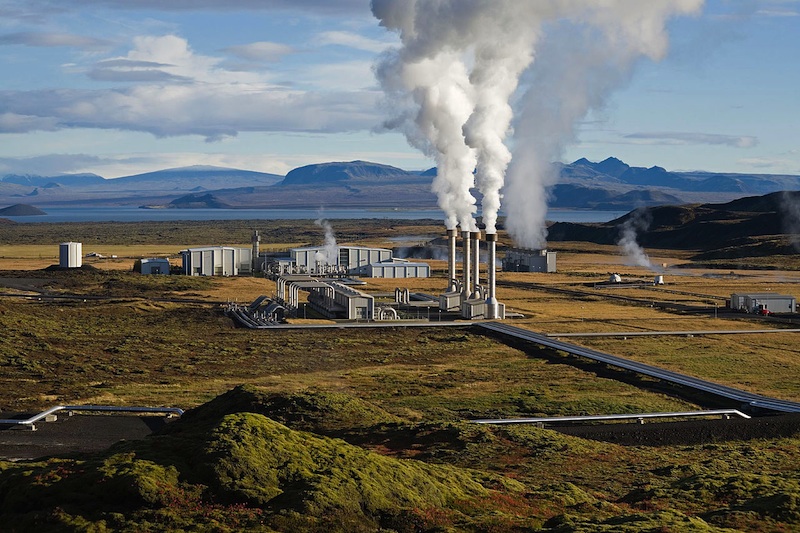Could Iceland finally transmit clean electricity to Europe?


Iceland is one of the very few countries in the world that generates all of its electricity from "sustainable" sources. Hydro power accounts for about 75 percent, geothermal for the rest.
Now, with Europe putting a bigger value than ever on low-carbon energy, the long held vision of transmitting electricity via subsea cable to lands far away could finally gain financial backing.
Plans for a 1,000-kilometer (620-mile) link to Britain are attracting "strong" investor interest according to U.K. member of parliament and former energy minister Charles Hendry, Businessweek reports.
That follows a story in The Guardian last week saying that Iceland's president Olafur Grimsson would call on the British government to help finance a £4.3 billion ($6.7 billion) project.
This idea has been around for decades.
When I wrote about it three years ago for TIME Magazine, Hordur Arnarson, the CEO of Iceland's state-owned utility, Landsvirkjun, explained that Iceland could sell electricity during the daytime at rates that might not be as low as in the home country but that would still be very competitive on the Europe scene. And it could import European electricity at night at a low price to drive round-the-clock aluminum smelters, infamous for their power consumption.
Some observers have even suggested that Iceland use its clean energy as currency to help it pay back debt it owes to the U.K. and Holland, as I wrote in The Independent in 2010.
The plan face hurdles besides financial ones. Technologically, the sub-Atlantic project would be challenging, going across ocean canyons, and measuring as the world's longest subsea route. Politically, many people in Iceland oppose the idea, preferring that Icelandic electricity stay in Iceland, and objecting to new power plants that would emerge to feed the line.
And then there's the question of "sustainability." A lot of the country's hydro power comes from melting glaciers, which will eventually vanish. Some experts say that Icleand might have another 150 years of reliable hydro, although others dispute that figure as both too pessimistic and optimistic.
In the meantime, geothermal will probably gain a share of the overall pie. Especially if Europe is going to be eating it.
Image of Nesjavellir geothermal plant in Pingvellir, Iceland is from Gretar Ivarsson via Wikimedia
More Icelandic sagas on SmartPlanet:
- The shape-changing city on wheels
- Believe it or not: Icelandic geothermal to power European cars
- BMW’s cold call: It shifts computing to Iceland
- Letter to Balmer, Bezos, Cook: Go to Iceland
- Fuel efficient cars: What a waste
- Iceland Cometh
- Obama goes volcanic
- My beautiful transmission tower
- India and Iceland: The lion and the mouse
This post was originally published on Smartplanet.com